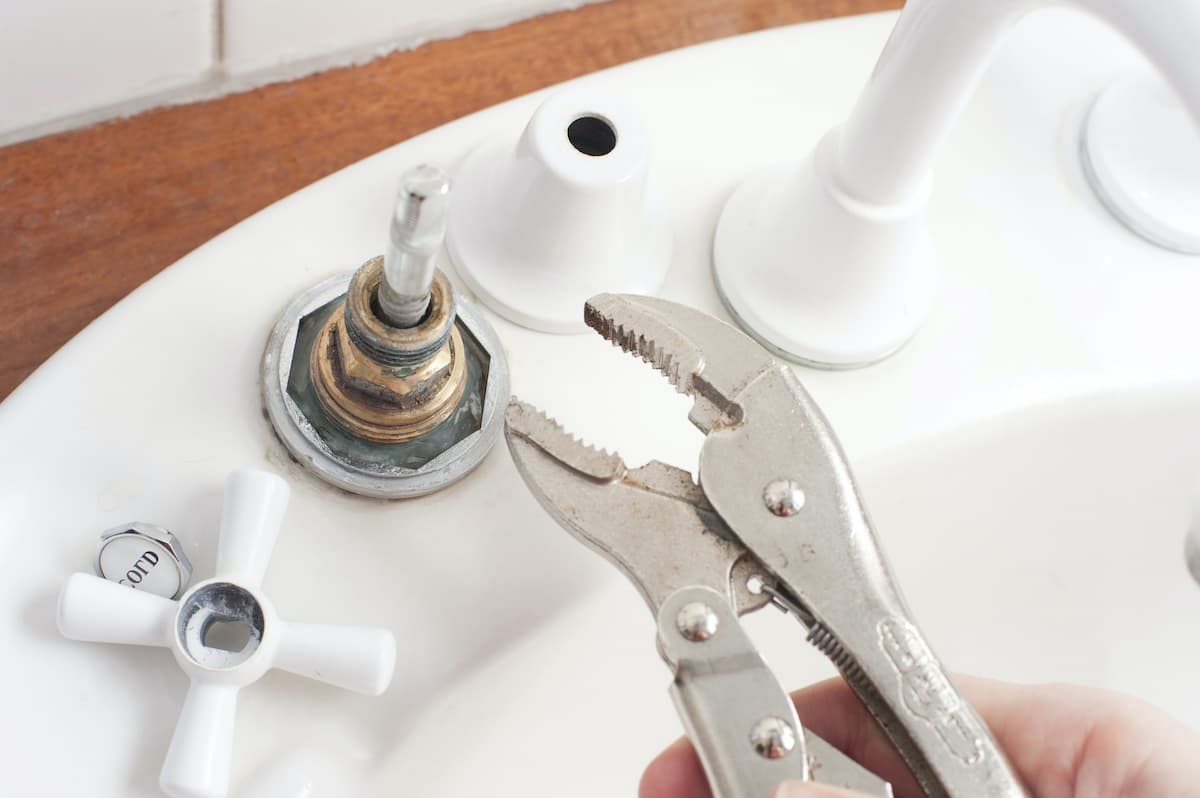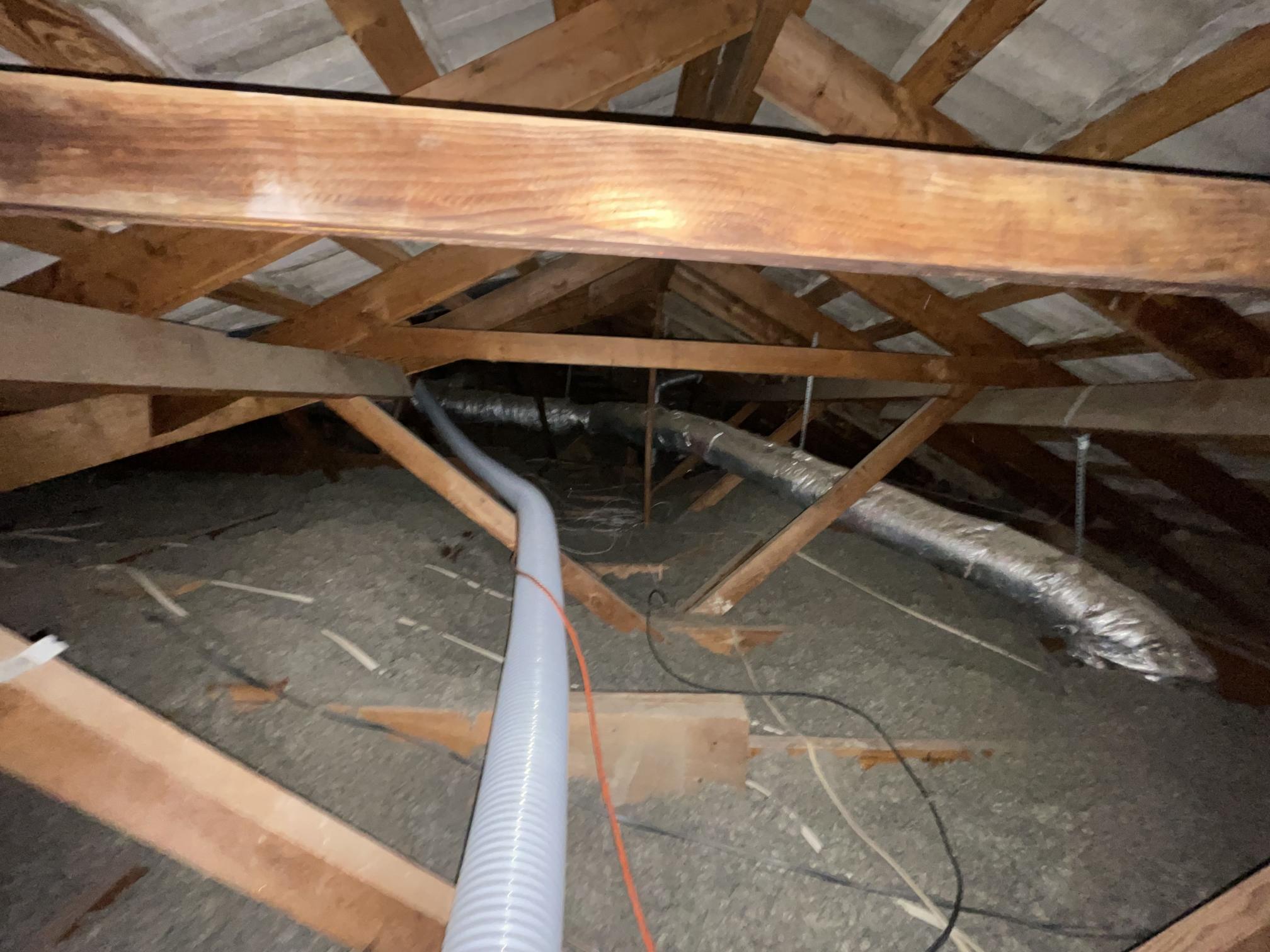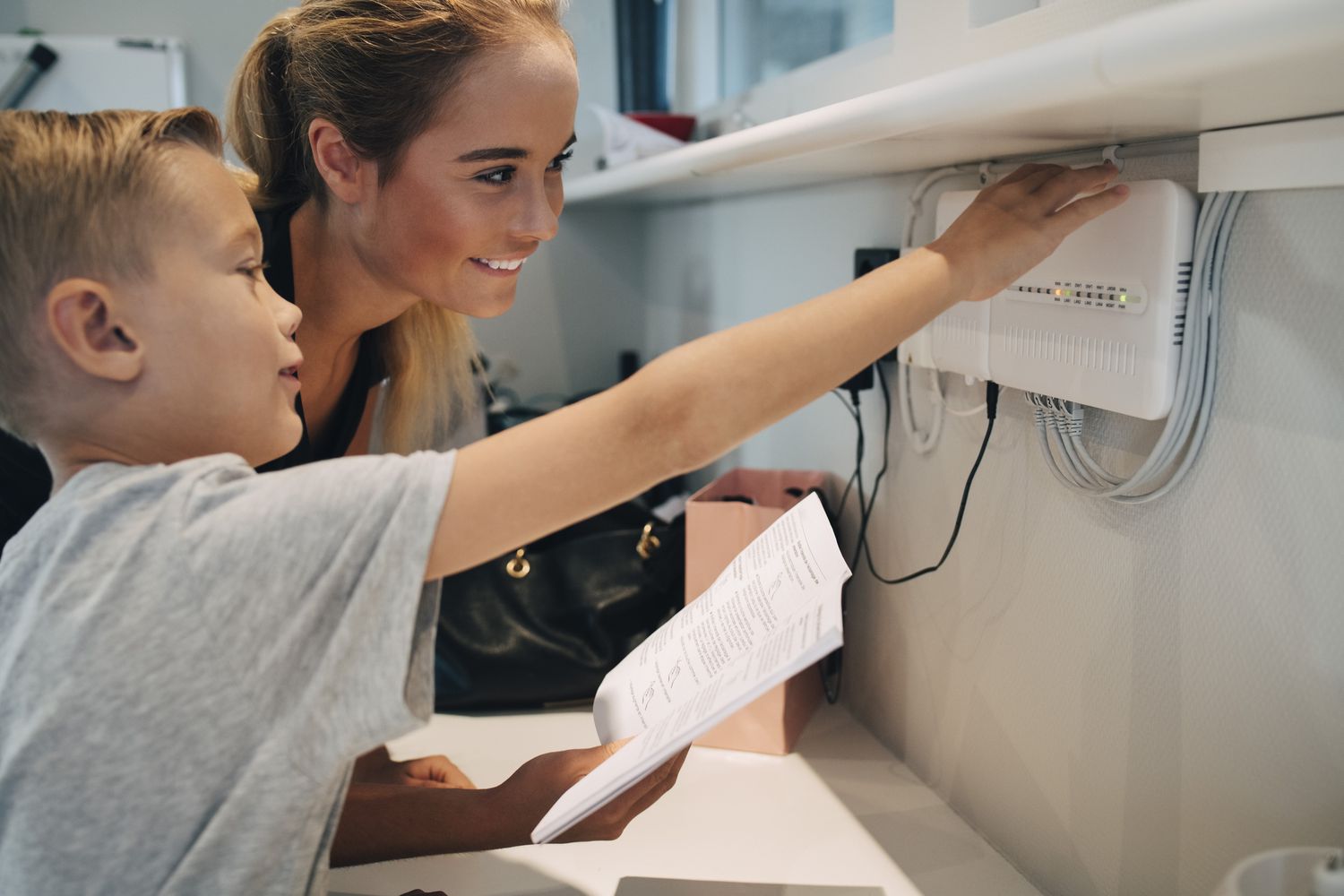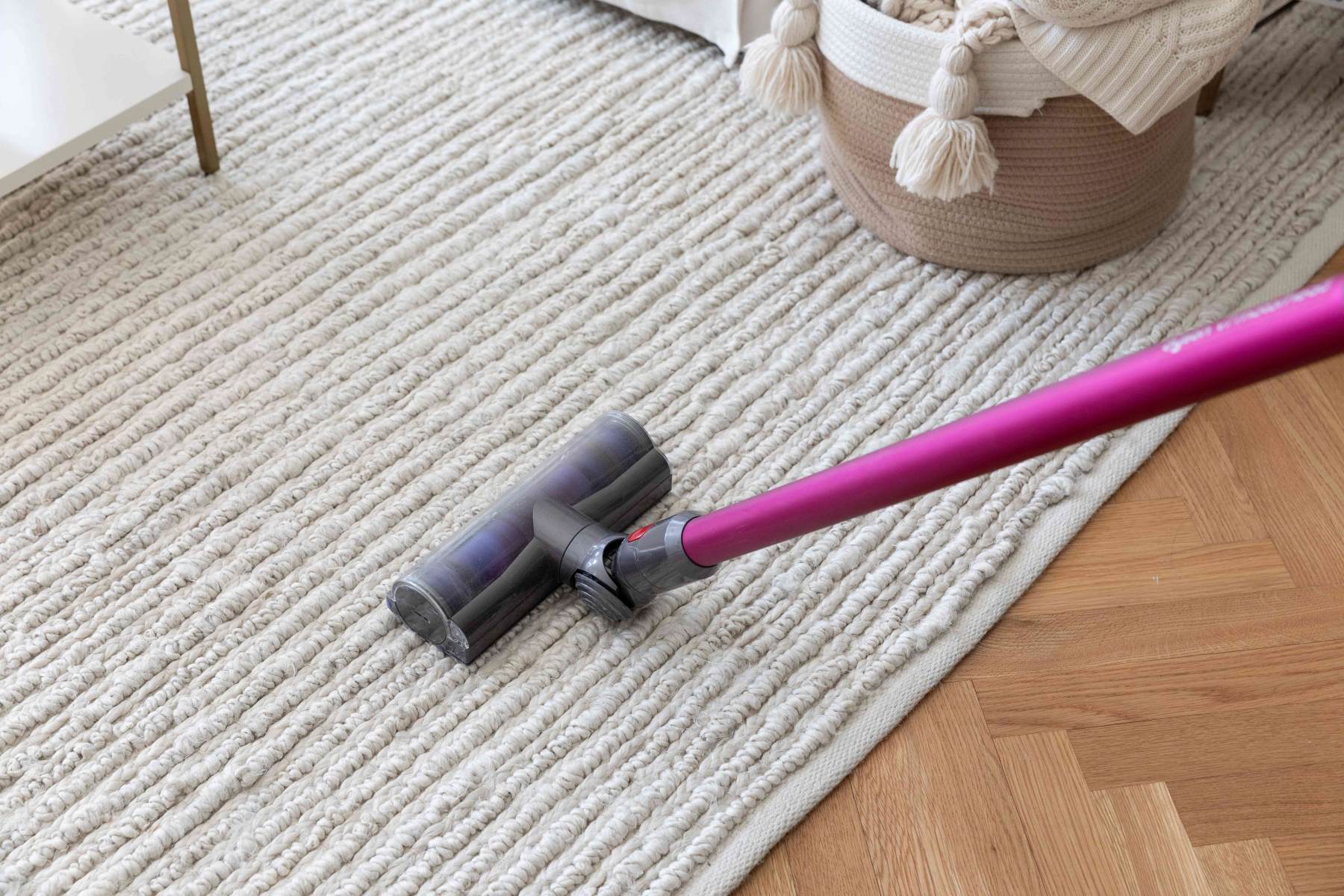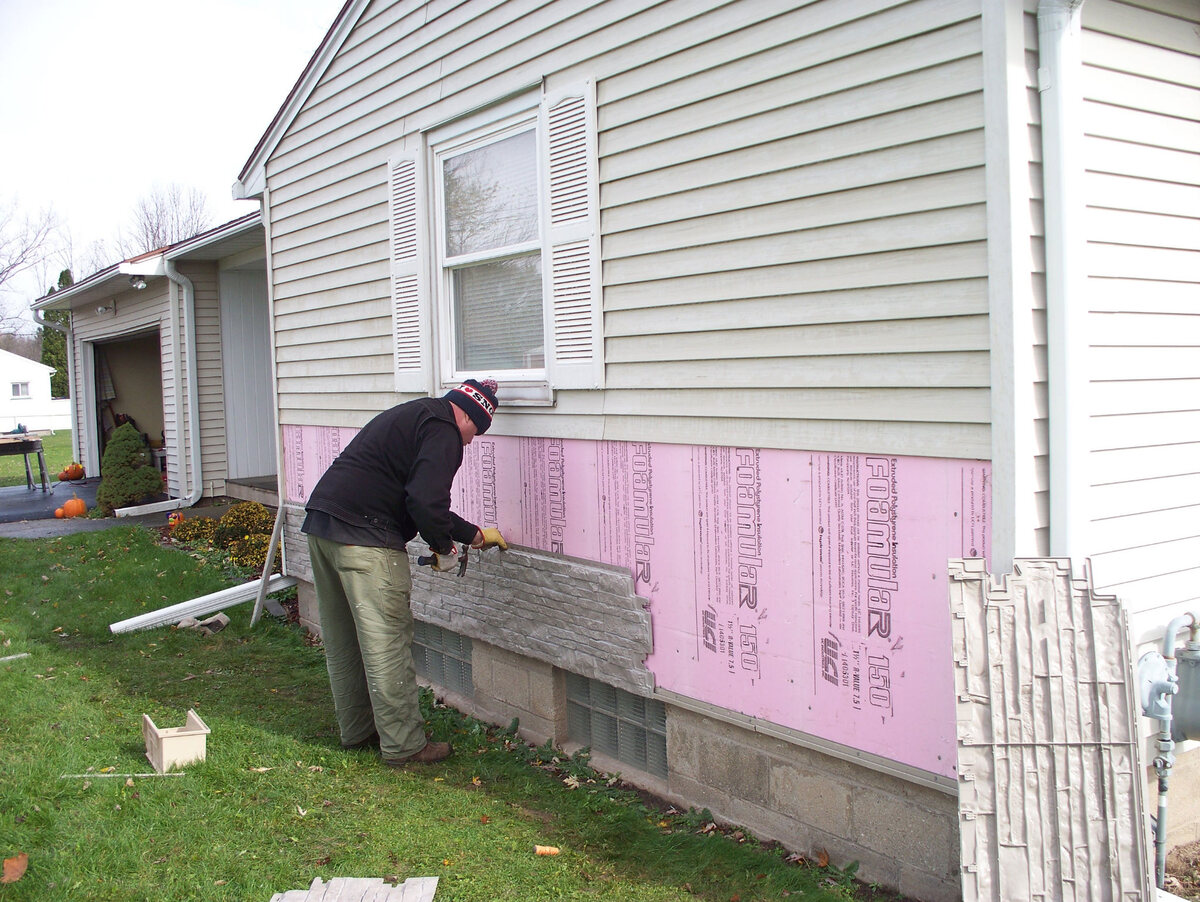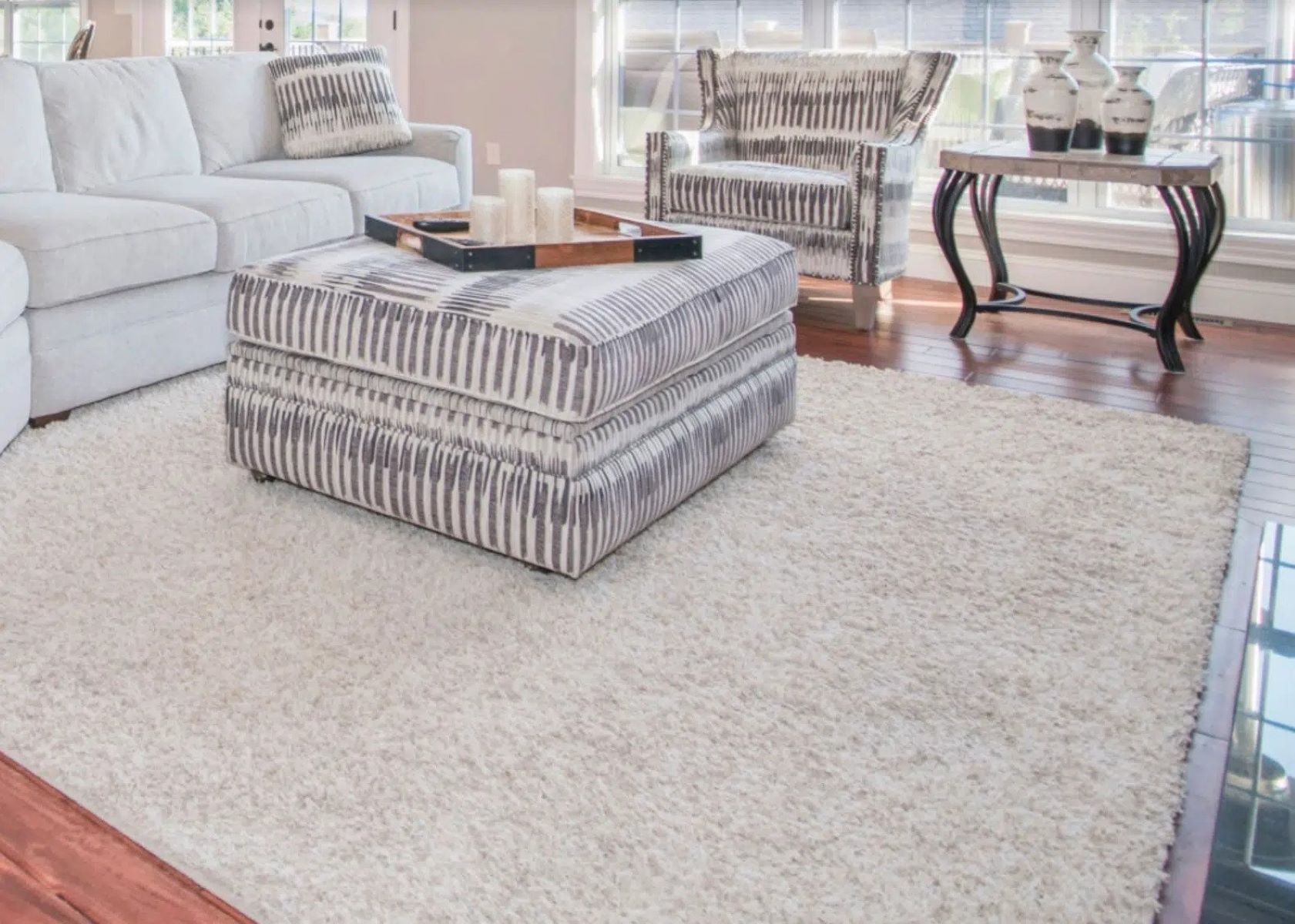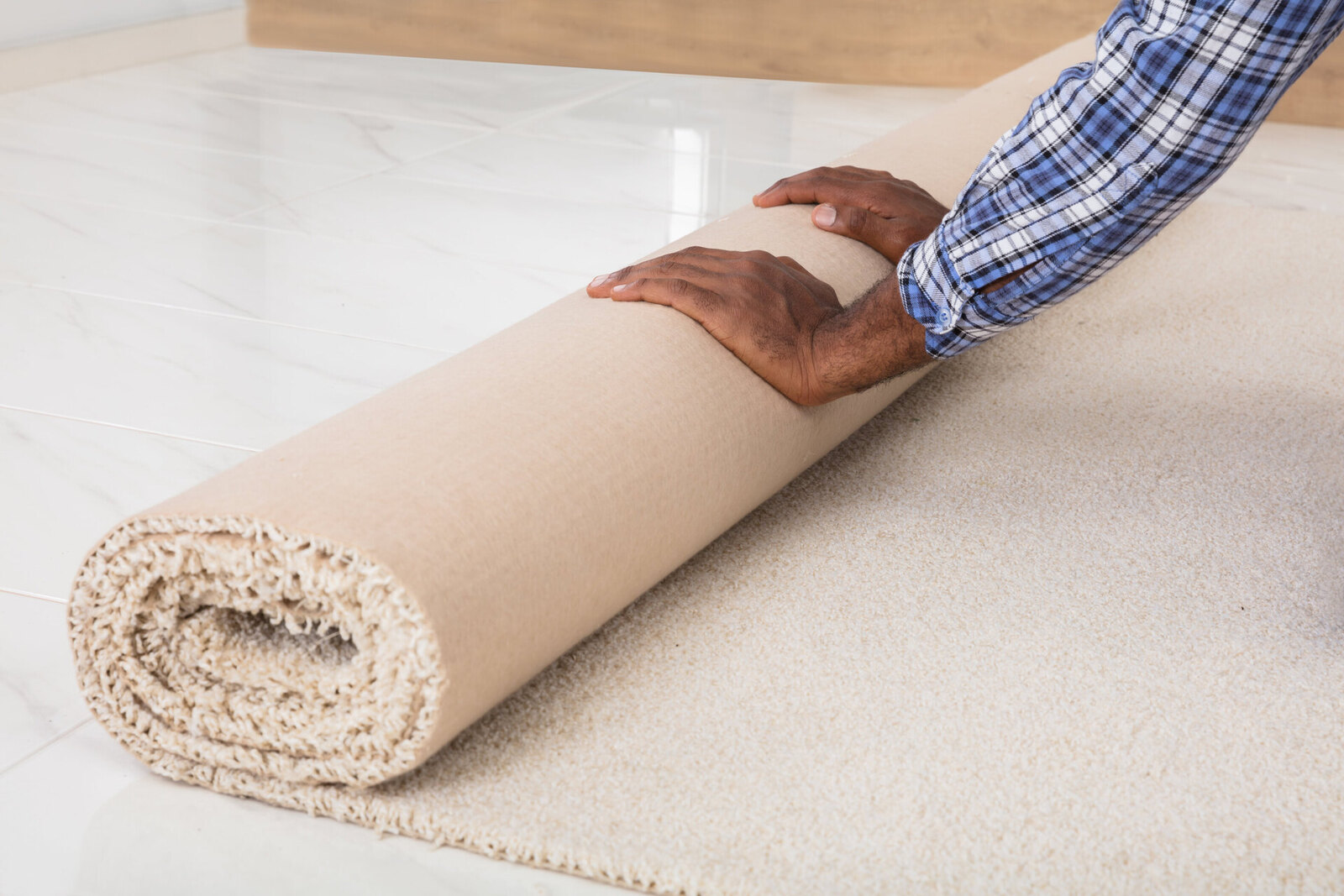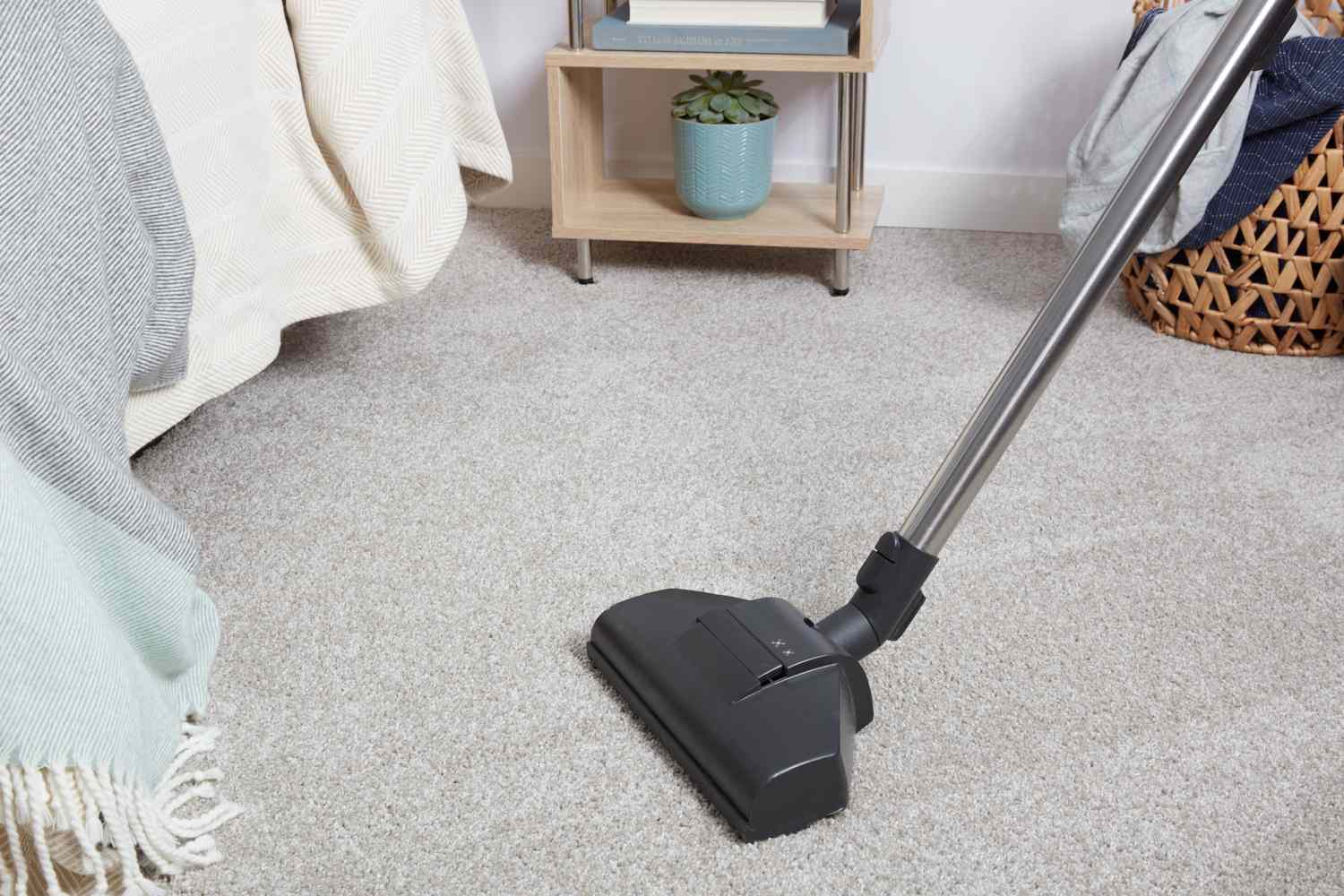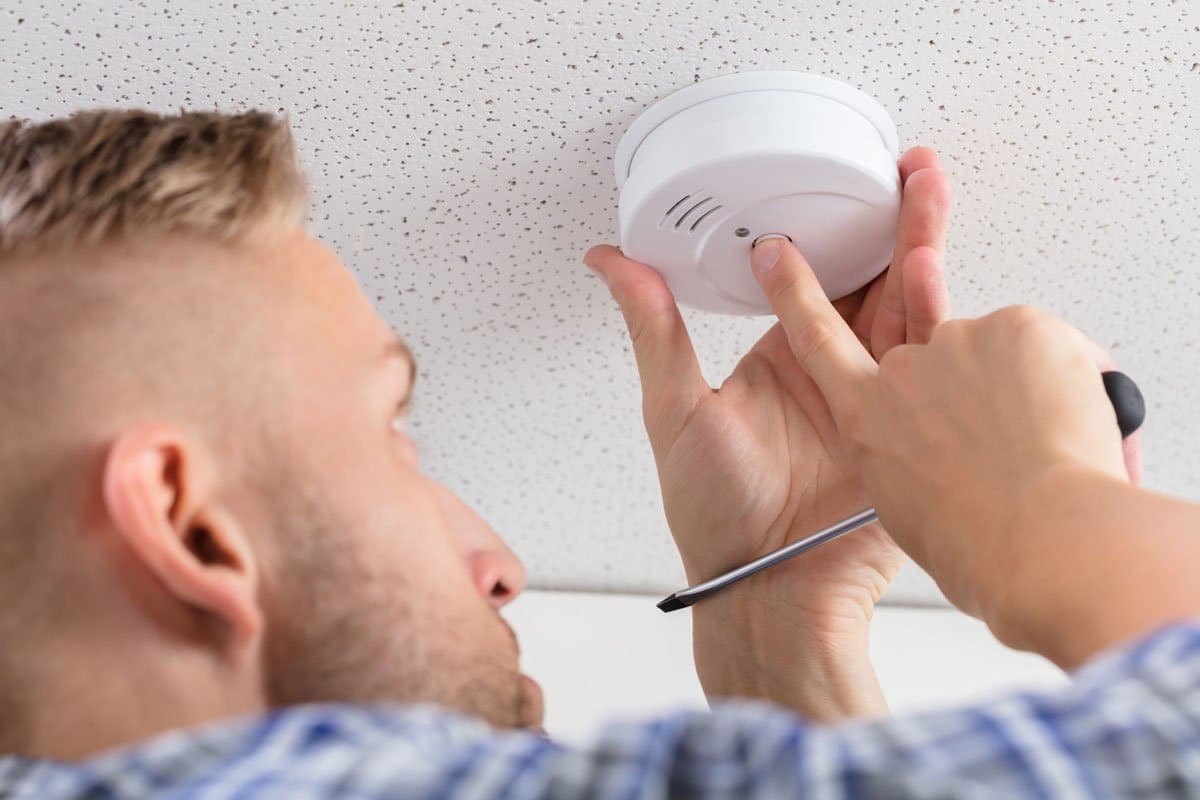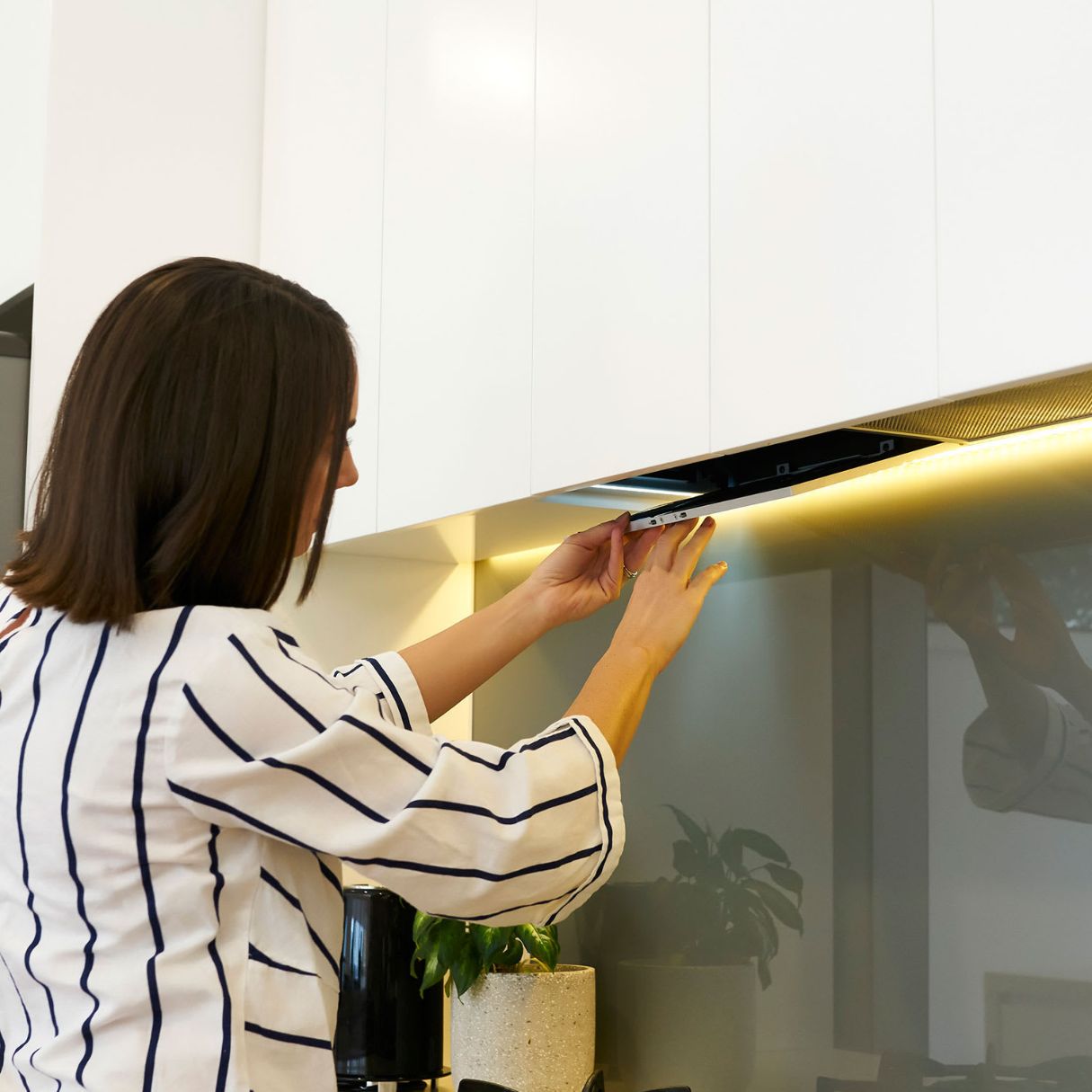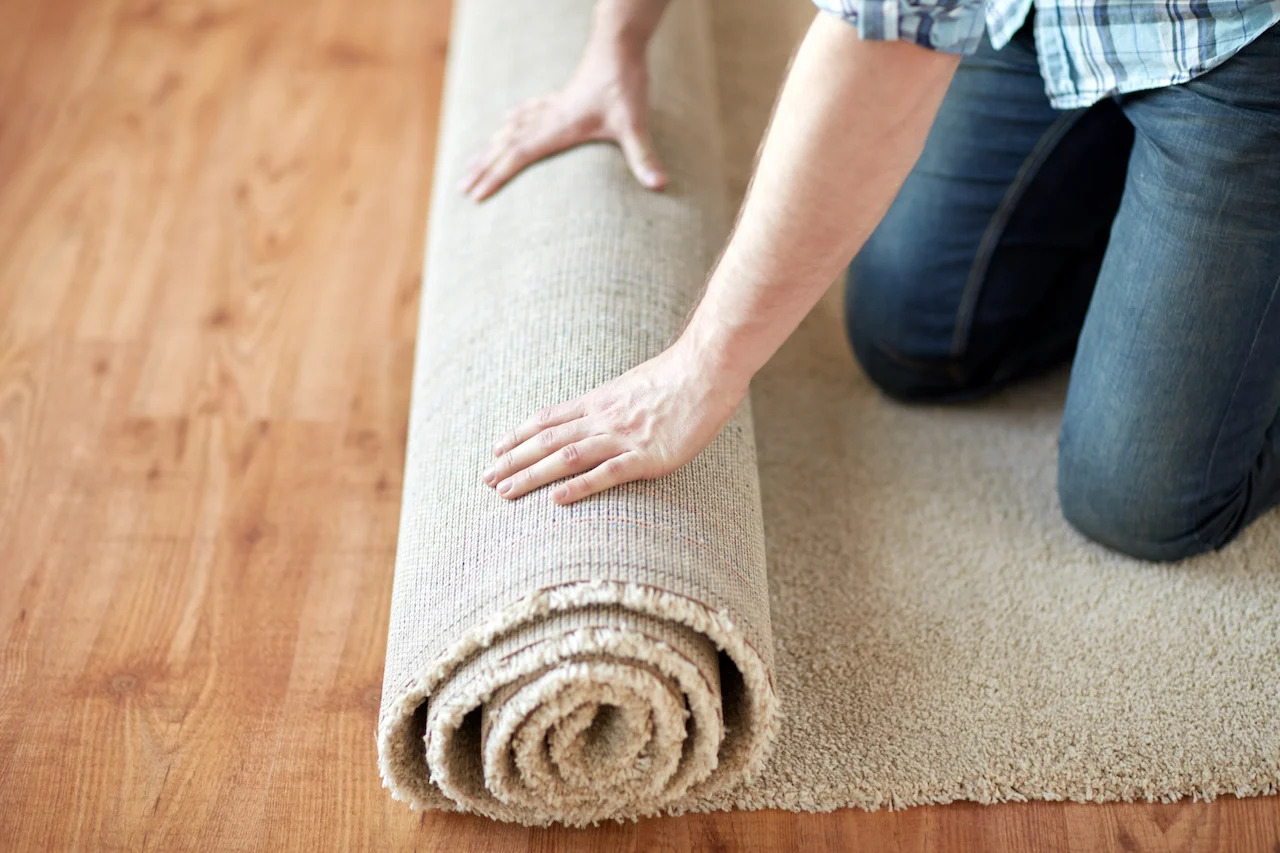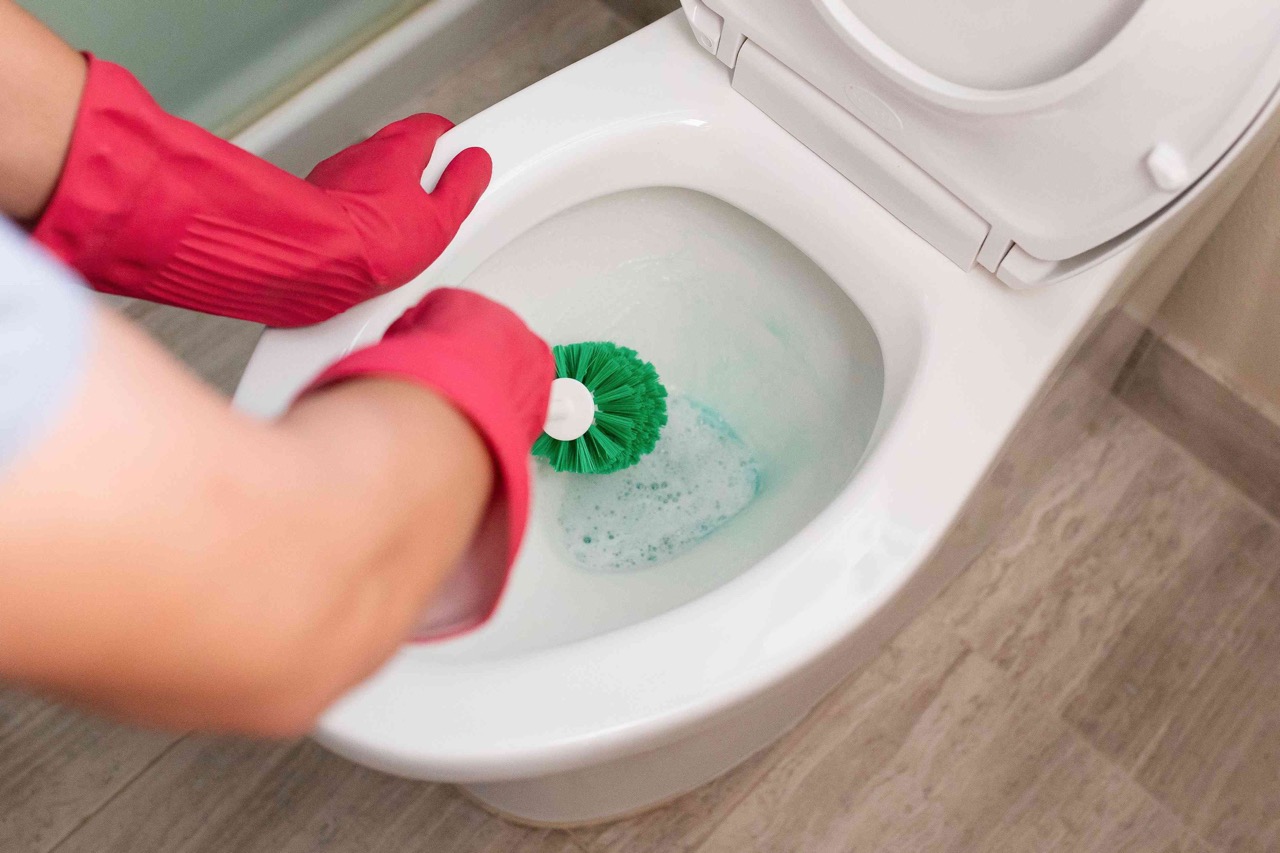

Articles
How Often Should I Replace Carpet
Modified: January 19, 2024
Find expert articles answering the question "how often should I replace carpet". Discover the key factors to consider and tips for maintaining your carpet's longevity.
(Many of the links in this article redirect to a specific reviewed product. Your purchase of these products through affiliate links helps to generate commission for Storables.com, at no extra cost. Learn more)
Introduction
Carpet is a popular flooring choice in many homes and commercial spaces. It adds warmth, softness, and aesthetic appeal to any room. However, just like any other home element, carpet has a limited lifespan and will eventually need to be replaced. But how often should you replace your carpet?
The lifespan of carpet can vary depending on various factors, including the quality of the carpet, the amount of foot traffic it experiences, and how well it is maintained. In this article, we will explore the factors that affect carpet lifespan, signs that indicate it’s time to replace your carpet, common carpet replacement timelines, and tips for extending the life of your carpet.
Understanding these factors and knowing when to replace your carpet can help you make informed decisions and ensure that your flooring remains both functional and visually appealing.
Key Takeaways:
- Regularly inspect your carpet for signs of wear, stubborn stains, water damage, and outdated style to determine when it’s time for a replacement. Stay attentive to maintain a visually appealing living space.
- Implement proper maintenance techniques such as regular vacuuming, prompt stain removal, and professional cleaning to extend the lifespan of your carpet. Keep your space comfortable and beautiful for years to come.
Read more: How Often Should I Replace Mattress
Factors Affecting Carpet Lifespan
The lifespan of your carpet can be influenced by several factors. Understanding these factors can help you make more informed decisions when it comes to choosing and maintaining your carpet. Here are the key factors that affect carpet lifespan:
- Quality of the Carpet: The quality of the carpet itself is a significant factor in determining its lifespan. Higher-quality carpets made from durable materials and constructed with superior craftsmanship tend to last longer than lower-quality carpets.
- Carpet Fiber: Different types of carpet fibers have varying levels of durability and resilience. Nylon, for example, is known for its durability and longevity, making it a popular choice for high-traffic areas. On the other hand, natural fibers like wool may require more maintenance but can also be long-lasting if properly cared for.
- Amount of Foot Traffic: The amount of foot traffic your carpet experiences plays a significant role in its lifespan. Higher-traffic areas, such as hallways, living rooms, and entryways, will naturally experience more wear and tear compared to less-frequented spaces.
- Maintenance and Cleaning: Proper and regular maintenance can significantly extend the life of your carpet. Regular vacuuming, prompt stain removal, and professional cleaning can help remove dirt, debris, and contaminants that can contribute to carpet deterioration.
- Indoor Climate and Environment: The indoor climate and environment can also impact carpet lifespan. Extreme temperature fluctuations, excessive humidity, and exposure to direct sunlight can cause the carpet fibers to deteriorate more quickly.
- Pets and Children: If you have pets or children in your household, your carpet may be more susceptible to stains, spills, and damage. Accidents, chewing, and scratching can all take a toll on the carpet fibers, reducing its lifespan.
Considering these factors when selecting carpet and implementing proper maintenance techniques can help you maximize the lifespan of your carpet and ensure it remains in good condition for years to come.
Signs it’s Time to Replace Your Carpet
While regular carpet maintenance and cleaning can help prolong its lifespan, there will come a time when it’s necessary to replace your carpet. Here are some signs to look out for that indicate it’s time to replace your carpet:
- Visible Wear and Tear: If your carpet is showing significant signs of wear and tear, such as thinning areas, frayed edges, or bald spots, it may be time for a replacement. Over time, heavy foot traffic and everyday use can cause the carpet fibers to break down, resulting in a worn-out appearance.
- Stubborn Stains and Odors: Despite your best efforts to remove stains and odors, if your carpet still has lingering and stubborn marks and smells, it may be a sign that the fibers have absorbed too much dirt, pet urine, or other substances. In such cases, replacing the carpet can help improve indoor air quality and eliminate unpleasant odors.
- Water Damage: If your carpet has been exposed to significant water damage, whether from plumbing leaks, floods, or excessive moisture, it can lead to mold and mildew growth. Moldy or damp carpets can pose health risks and are difficult to salvage. In such instances, replacing the carpet is the best course of action.
- Allergies and Respiratory Issues: If you or your family members experience frequent allergies or respiratory issues, your carpet could be a contributing factor. Over time, carpets can accumulate allergens like dust, pollen, pet dander, and mold spores, which can trigger allergic reactions and respiratory problems. Replacing the carpet with hypoallergenic flooring options may help alleviate these issues.
- Outdated Style and Design: If your carpet has an outdated style or design that no longer fits your aesthetic preferences or the overall theme of your space, replacing it can help freshen up the room and give it a new look.
When you begin noticing these signs, it’s important to start considering carpet replacement options. Replacing your carpet at the right time will not only improve the appearance of your space but also contribute to a cleaner and healthier indoor environment.
It is recommended to replace carpet every 5-15 years, depending on the quality of the carpet, level of foot traffic, and maintenance. Regular cleaning and maintenance can extend the lifespan of the carpet.
Common Carpet Replacement Timelines
The lifespan of a carpet can vary depending on various factors, as mentioned earlier. However, there are some general guidelines for common carpet replacement timelines based on average wear and tear. Keep in mind that these timelines are approximate, and individual circumstances may differ:
- Residential Setting:
- Low-traffic areas: In bedrooms or areas with minimal foot traffic, you can expect your carpet to last around 8-10 years before showing signs of wear and needing replacement.
- Moderate-traffic areas: In living rooms, dining rooms, and other moderately used spaces, your carpet may last around 5-7 years before replacement becomes necessary.
- High-traffic areas: Hallways, entryways, and other high-traffic areas tend to wear down carpets more quickly. These areas may require replacement every 3-5 years.
- Commercial Setting:
- Office buildings: In offices with moderate foot traffic, carpet replacement is typically needed every 5-7 years.
- Retail or hospitality spaces: High-traffic commercial spaces like retail stores or hotels may require carpet replacement every 3-5 years to maintain a fresh and presentable appearance.
It’s important to note that these timelines are not set in stone and can vary depending on factors such as carpet quality, maintenance, and level of foot traffic. Additionally, regular carpet cleaning and maintenance can help extend the lifespan of your carpet, allowing you to enjoy it for longer before considering replacement.
Ultimately, it is advisable to inspect your carpet regularly and consider the signs mentioned earlier to determine when it’s time to replace it. Don’t hesitate to seek professional advice from carpet experts who can assess the condition of your carpet and provide guidance on the best course of action.
Tips for Extending the Life of Your Carpet
Proper maintenance and care can go a long way in extending the lifespan of your carpet. Here are some tips to help you keep your carpet looking fresh and beautiful for longer:
- Regular Vacuuming: Vacuum your carpet at least once a week, and more frequently in high-traffic areas. This helps remove dirt, dust, and debris that can accumulate and cause the carpet fibers to deteriorate over time.
- Use Doormats: Place doormats at all entryways to trap dirt and moisture before it reaches your carpet. This can significantly reduce the amount of dirt and debris that ends up on your carpet and help prevent premature wear.
- Remove Stains Promptly: Treat stains and spills immediately to prevent them from setting into the carpet fibers. Blot the stain gently with a clean cloth and use a carpet cleaner appropriate for your carpet type. Avoid rubbing the stain, as it can push the stain deeper into the fibers.
- Utilize Area Rugs: Place area rugs in high-traffic areas or under furniture to protect the carpet from excessive wear. Area rugs can also add an extra layer of style and protection to your space.
- Professional Carpet Cleaning: Schedule professional carpet cleaning at least once a year, or more frequently if needed. Professional cleaners have the expertise and equipment to deep clean your carpet, removing embedded dirt and allergens that regular vacuuming may not reach.
- Avoid Sunlight Exposure: Excessive exposure to direct sunlight can cause fading and discoloration of your carpet. Use curtains, blinds, or window film to block out or reduce the amount of sunlight that reaches your carpet.
- Trim Pets’ Nails: If you have pets, keep their nails trimmed to minimize scratching and snagging on the carpet fibers. Additionally, quickly clean up any pet accidents to prevent stains and odors from seeping into the carpet.
- Proper Moving Techniques: When moving heavy furniture, avoid dragging it across the carpet. Use furniture sliders or lift the furniture to prevent damaging the carpet fibers.
By following these tips, you can help maintain the appearance and condition of your carpet, ensuring it lasts longer and remains a beautiful and comfortable addition to your space.
Conclusion
Knowing when to replace your carpet is essential for maintaining a comfortable and visually appealing living space. While the lifespan of your carpet can vary based on factors such as quality, foot traffic, and maintenance, there are signs that indicate it’s time for a replacement.
Visible wear and tear, stubborn stains and odors, water damage, allergies, and an outdated style are all indications that your carpet may need to be replaced. By being mindful of these signs, you can make timely decisions to enhance the overall quality and appearance of your home or commercial space.
Additionally, understanding the factors that affect carpet lifespan, such as the quality of the carpet, carpet fiber, foot traffic, maintenance, indoor climate, and the presence of pets or children, can help you make more informed choices when selecting carpet and implementing proper maintenance practices.
To extend the life of your carpet, regular vacuuming, the use of doormats, immediate stain removal, the use of area rugs, professional carpet cleaning, sun protection, pet nail trimming, and proper moving techniques are crucial. These simple steps can help prevent premature wear and keep your carpet looking fresh and vibrant for an extended period.
However, it’s important to keep in mind that these timelines and tips are general guidelines, and individual circumstances may vary. Regularly inspecting your carpet, seeking professional advice, and considering the unique factors specific to your situation will help you make the best decisions regarding carpet replacement.
By staying attentive to your carpet’s condition and implementing proper care and maintenance, you can enjoy a comfortable and beautiful carpeted space for many years, creating a warm and inviting atmosphere for yourself, your family, and your guests.
Frequently Asked Questions about How Often Should I Replace Carpet
Was this page helpful?
At Storables.com, we guarantee accurate and reliable information. Our content, validated by Expert Board Contributors, is crafted following stringent Editorial Policies. We're committed to providing you with well-researched, expert-backed insights for all your informational needs.

